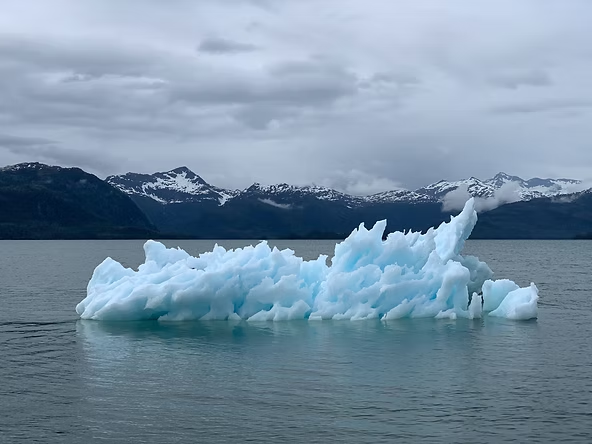Sea-Level Rise: A Growing Threat to Coastal Communities
Recent research indicates that sea levels are rising faster than expected, placing 40% of people living in coastal areas at risk. The United Nations warns that this accelerated rise demands urgent climate action.
Causes of Rising Sea Levels
Global sea levels are increasing primarily due to two factors:
- Melting Land-Based Ice: Glaciers and ice sheets are melting due to rising air temperatures, contributing roughly two-thirds of sea-level rise. (William Sweet, NOAA)
- Warming Ocean Water: As saltwater warms, it expands, accounting for the remaining third of sea-level rise.
Currently, sea levels rise at about 3 millimeters per year, roughly 1 inch every eight years. By 2100, projections estimate increases of 0.3 to 2.5 meters, depending on emissions and adaptation.
Uneven Global Impacts
The rate of sea-level rise varies worldwide:
- Higher-than-average rises: Northeast and southeastern Australia, eastern Asia, northern Europe
- Lower-than-average rises: Western Africa, Pacific Northwest (USA)
Factors influencing this include glacial rebound, Earth’s rotation, gravity, and natural climate cycles. For instance, parts of Louisiana are sinking due to past ice sheet pressure changes.
Threats to Coastal Cities
Coastal regions host more than half of the world’s largest cities. Rising seas threaten cities such as:
- Shanghai, China
- Dhaka, Bangladesh
- Jakarta, Indonesia
- Lagos, Nigeria
- Sao Paulo, Brazil
Low-lying island nations could be completely submerged. Flooding is often worsened by storm surges coinciding with high tides, creating sudden and severe impacts.
Impact on Ecosystems
Sea-level rise affects humans, plants, and animals, shifting ecosystems and species ranges. Some habitats may buffer against flooding, while others may amplify risks. Key examples include:
- Mangroves: Salty, subtropical coastal regions support these trees and shrubs. They reduce soil erosion and contribute to soil formation, helping protect coasts from rising seas.
Understanding these changes is crucial to designing effective strategies for protecting coastal communities and ecosystems from climate change impacts.

